Electric Truck News
Maintenance process of the braking system of a new energy electric van
Li ser hatî şandin ji Electric Trucks
In the bustling world of logistics and transportation, new energy electric vans have emerged as a crucial tool for express delivery companies. These vehicles offer environmental benefits and operational efficiency. Lebê, like any mechanical system, they are not without their challenges. One such challenge is maintaining the integrity and reliability of the braking system.
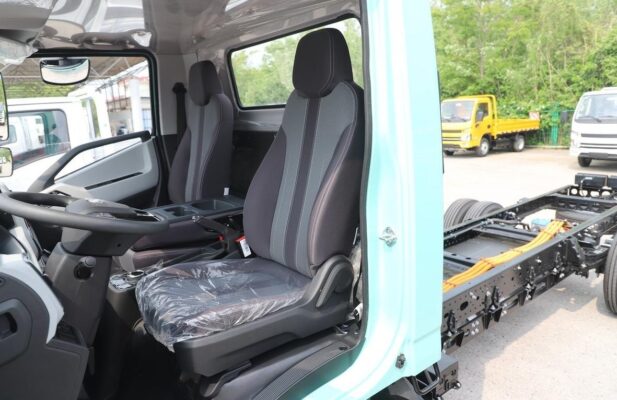
Fault phenomenon:
A particular new energy electric van, which is primarily utilized by an express delivery company, has been experiencing a rather concerning fault. The owner reported that in recent times, the brakes of the vehicle have been acting unpredictably. Sometimes they work as expected, but at other times, they seem to malfunction. On one harrowing occasion, as the van was approaching a traffic light, the brakes suddenly failed, narrowly avoiding a serious accident. Understandably, the customer is extremely agitated and is even demanding a vehicle return.
This intermittent brake failure poses a significant threat to the safety of the driver, passengers, and others on the road. It also disrupts the smooth operation of the express delivery business, potentially causing delays and logistical challenges.
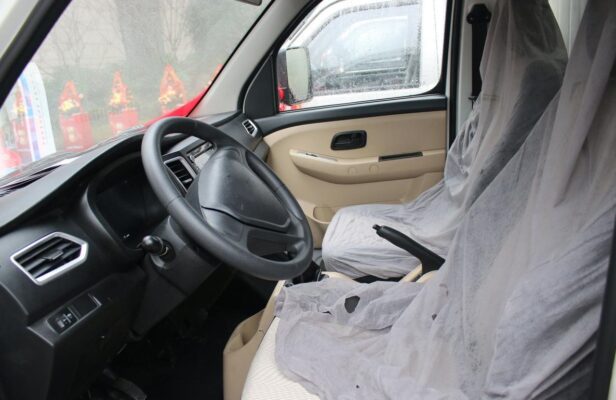
Fault diagnosis:
Upon receiving the vehicle, the first step is to communicate with the customer to gain a comprehensive understanding of the specific situation. It is essential to listen carefully to the customer’s description of the problem, including when and under what circumstances the brake failure occurs. This not only helps in diagnosing the fault but also provides reassurance to the customer that their concern is being taken seriously.
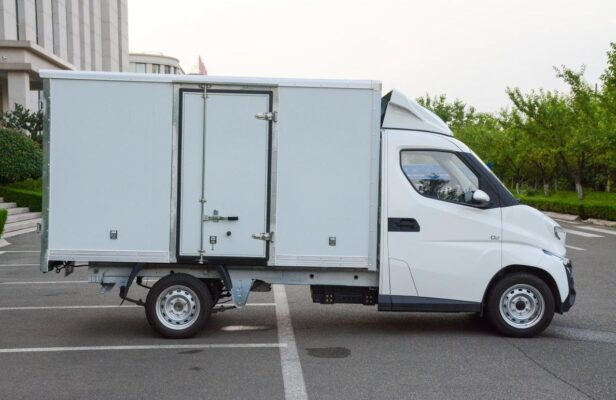
In this case, when the customer reported the brake failure, they mentioned that the brake pedal felt very hard. Lebê, there was still a modicum of braking force, albeit with reduced effectiveness. Based on this observation, it was initially judged that it may not be a complete loss of brakes but rather a lack of brake assistance.
To further investigate the issue, a test drive was conducted. Unfortunately, during the test drive, no fault phenomenon occurred. This intermittent nature of the problem makes diagnosis particularly challenging. Nevertheless, other aspects of the braking system were checked. The brake fluid was inspected and found to be normal. There was also no brake fault warning light illuminated on the dashboard.
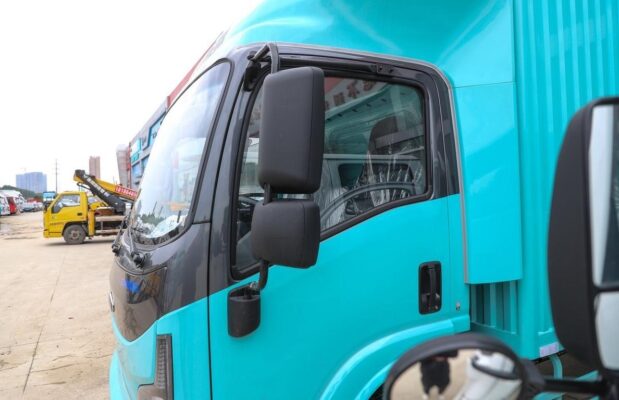
In electric logistics vehicles, the brake assistance system operates differently from traditional vehicles. Since there is no place to obtain vacuum naturally, a vacuum pump is installed to draw vacuum. Additionally, a gas storage tank is required to store the vacuum. The operation of the vacuum pump is controlled by a pressure switch.
All the circuits of this vacuum assistance system are installed under the vehicle chassis. This location poses several risks. During driving, there is a significant possibility of the wires being scratched by road debris, uneven surfaces, or other obstacles. Water splashing up from the road can also pose a threat, potentially causing short circuits or damage to the electrical components.
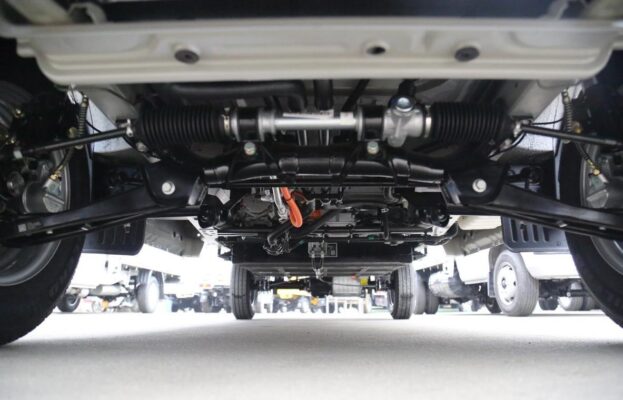
With this in mind, the focus of the diagnosis shifted to the wire contacts. After a thorough inspection, it was discovered that the wiring harness on the pressure switch had visible signs of being scratched. This damage had led to loose pins. On bumpy roads, the power supply wire sometimes experiences poor contact. When this occurs, after the vacuum in the gas storage tank is depleted, the vacuum pump does not receive the necessary signal to operate and cannot draw vacuum. This lack of vacuum results in the reduced braking performance that the customer had reported.
After identifying the problem, a pressure sensor and wiring harness were replaced. This replacement addressed the loose pins and potential damage to the electrical connections. Following the replacement, the vehicle was tested again to ensure that the fault had been eliminated.
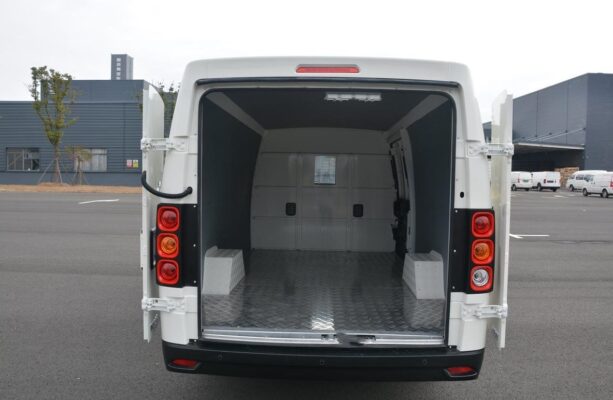
Fault summary:
The power supply wire in a constant power state supplies power to the pressure switch. The pressure switch plays a crucial role in monitoring the vacuum degree within the system. When the vacuum degree is greater than 450 kPa, the pressure switch engages and directly transmits power to the vacuum pump, causing it to start working. The vacuum pump then draws in air to create the necessary vacuum for the brake assistance system. As the vacuum is maintained, the brakes function properly.
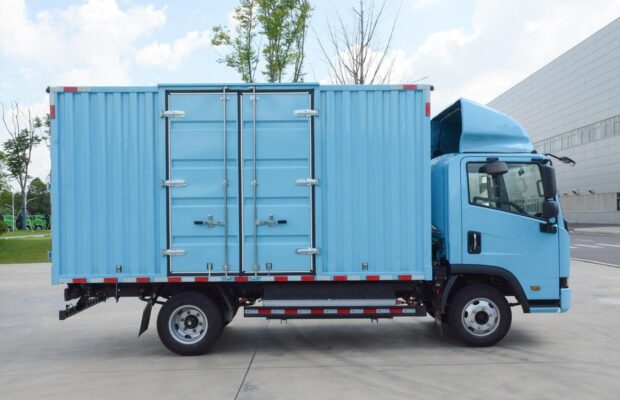
Lebê, when the vacuum degree drops to 250 kPa, the pressure switch disengages, and the vacuum pump stops working. This controlled operation is designed to ensure that the vacuum pump only operates when needed, conserving energy and prolonging the life of the pump.
As mentioned earlier, this entire system is installed on the chassis of the vehicle. This location exposes it to various hazards. Not only is there a risk of wires being scratched, but water splashing up from the road can also cause problems. When water comes into contact with the electrical components, it can lead to short circuits and potentially burn out the wires. This can result in a failure of the vacuum pump to operate, compromising the braking system.
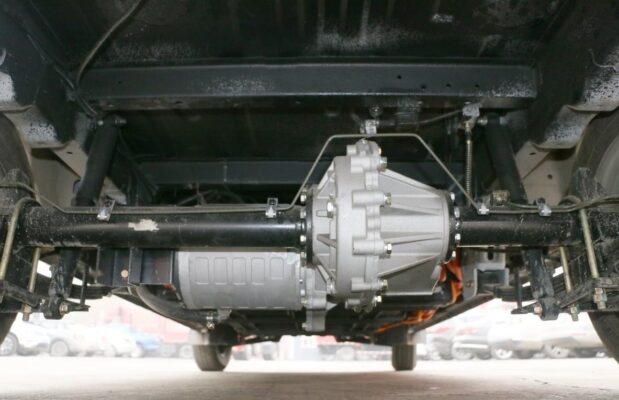
After experiencing this fault and identifying the potential issues, a report was submitted to the manufacturer. In response, the manufacturer took proactive measures. In later production runs of these vehicles, they uniformly moved this assistance system upward, away from the vulnerable location under the chassis. This strategic relocation reduces the likelihood of wires being scratched or exposed to water, significantly minimizing the occurrence of this type of fault.
Di encam de, the maintenance of the braking system of a new energy electric van requires a thorough understanding of its unique components and operating principles. Intermittent faults such as the one described here can be extremely challenging to diagnose and resolve. Lebê, by carefully analyzing the symptoms, conducting thorough inspections, and taking appropriate corrective actions, it is possible to ensure the safety and reliability of these vehicles. Additionally, continuous communication with the manufacturer and sharing of field experiences can lead to improvements in design and manufacturing, ultimately enhancing the performance and durability of these essential vehicles in the logistics industry.